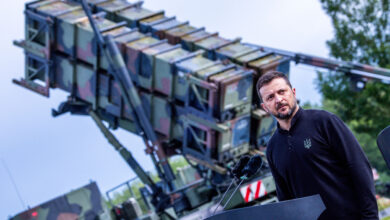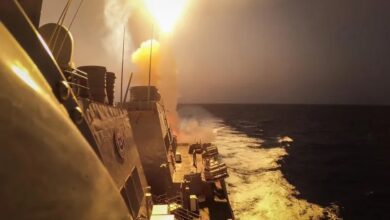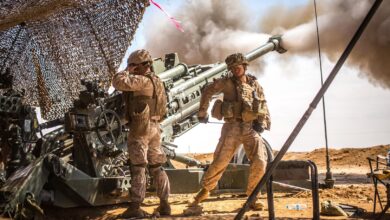Two defense giants have declared their interest in the US Army’s second supersonic cruise missile interceptor program.
Last week, the service issued a request for information to procure a second interceptor for its Indirect Fire Protection Capability Increment 2 (IFPC Inc 2).
Lockheed Martin recently told Breaking Defense that it is interested, saying it has the expertise to deliver the product.
“Lockheed Martin is always interested in supporting our customers’ missions,” company official Chris Murphy said. “To that end, we are planning to attend the industry day to listen to the Army’s presentation, assess what we can offer, and then make an informed decision on competing for the program.”
Israel’s Rafael has also confirmed its intent to join the program with a “subversion” of its Tamir interceptor to meet new requirements.
It will reportedly partner with RTX (formerly Raytheon), though the Virginia-based firm has yet to confirm if it will be participating in the competition.
RTX is the manufacturer of the first missile interceptor, the AIM-9X Sidewinder.
Requirements
Plans to acquire a second cruise missile interceptor were first announced by the US Army in January 2023.
During that time, it stated that the new capability must have an open system architecture to accommodate future upgrades.
Now, the service has provided more details on its requirements, including having a large magazine capacity.
The current IFPC system can hold 18 short-range AIM-9X missiles in its launcher, but it can only accommodate six extended-range missiles such as AIM-120D air-to-air missiles.
Additionally, the US Army wants an interceptor that can achieve certain altitudes and ranges with decreased flight time. It must also be able to counter electronic warfare systems.
Increasing Threats
The US Army is moving forward with its IFPC Inc 2 interceptor program amid increasing cruise missile threats from adversaries.
On Sunday, South Korea said it had detected several cruise missiles fired by North Korea off its east coast.
The launches followed a separate test last week of Pyongyang’s new cruise missile, the Pulhwasal-3-31, which can allegedly be fitted with nuclear capabilities.
China has also ramped up its missile activities, testing ballistic and hypersonic weapons in a show of force to Western countries.












